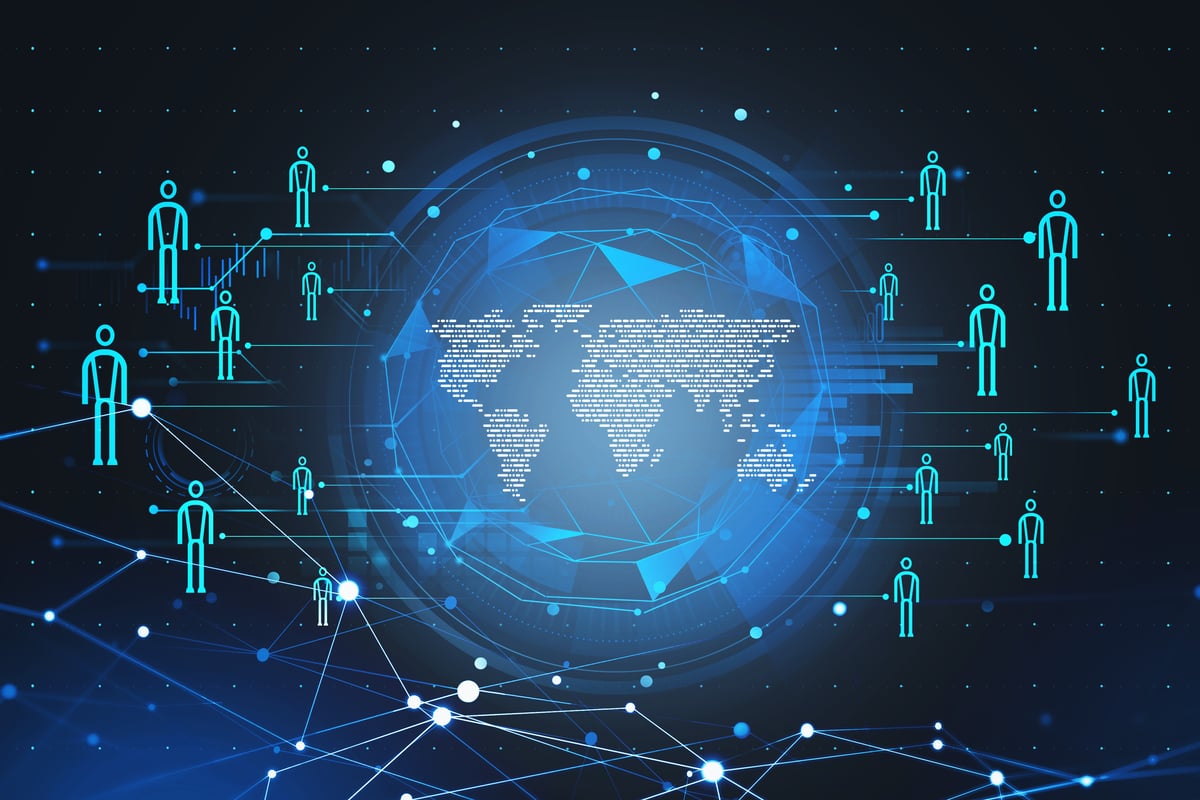Published on
Shaping Workforce Readiness with AI and Agility

AI is rapidly transforming workforce demands, requiring higher ed institutions to evolve how they design and deliver training. To keep pace, they must build agile systems that closely align with employers and equip learners with adaptable, in-demand skills. In this interview, Alex Swartsel discusses AI literacy, credential innovation and the importance of employer partnerships.
The EvoLLLution (Evo): How should higher ed institutions adapt their workforce training strategies to meet this moment of transformation?
Alex Swartsel (AS): As AI accelerates the pace of change, agility becomes essential. Institutions need more streamlined pathways for testing and approving new offerings while deepening connections with employers who are leading in AI adoption. Building faster, more responsive structures is key, not only to keep pace with the workforce but also to equip students with relevant, in-demand skills.
We’ve seen promising efforts, and there’s more to build on. Through our toolkit, which we developed in partnership with small businesses and training providers, we’ve identified strategies for integrating employer insights directly into program design. That means inviting AI leaders from key regional industries into advisory roles and creating feedback loops that go beyond annual check-ins. It’s about real-time collaboration that helps institutions stay ahead of workforce shifts.
Finally, foundational AI literacy must be infused across every workforce training program, not siloed in STEM or computer science tracks. The future of work demands professionals pair domain expertise with the ability to evaluate and collaborate with AI. Whether you’re training future nurses, logisticians or business leaders, embedding AI literacy across disciplines empowers learners to meet the moment and institutions to meet the learner where they are.
Evo: How can colleges reframe their credentials to better reflect and validate those types of capabilities for both learners and employers?
AS: It’s a critical question, especially as institutions shift from purely technical training to embedding AI literacy and future-ready skills like data literacy and entrepreneurship. The challenge is less about identifying these skills and more about validating them—something tools like project-based learning and team-based curricula are well suited to support.
Students often don’t realize they’re building key skills like communication or collaboration because they’re embedded in core coursework. Making those connections clearer is essential. When institutions explicitly identify and frame these skill gains, learners can better articulate them and employers can more easily recognize them in credentials, helping close the gap between learning and workforce needs.
Evo: What does a true partnership between higher ed and employers look like, especially when it comes to aligning programs and meeting evolving workforce needs?
AS: A true partnership starts with recognizing that employers are on a spectrum when it comes to AI adoption. Some are advanced, and others are just starting. Institutions need to meet employers where they are and have candid conversations about how AI is impacting their business and what skills their teams are developing. That communication creates space for collaboration on AI literacy and upskilling, especially for incumbent workers.
We’re seeing a growing trend of employers looking to their own teams—especially new hires—for ideas on how to use AI. This means institutions have a key role to play: equipping students not only with baseline AI fluency but with domain-specific applications that align with real business needs across functions like marketing, sales and operations.
AI is also reshaping hiring itself. From automated screenings to AI-driven interviews, employers are changing how they evaluate candidates. Institutions can support students by preparing them to navigate these systems confidently and authentically, so they use AI as a tool, not a crutch, and showcase their real skills in a way that resonates with hiring teams.
Evo: How can institutions ensure their AI use supports economic mobility, particularly for adult learners or underserved communities?
AS: It’s a complex question, and higher ed has one of the most multifaceted landscapes for AI adoption, balancing academic integrity, pedagogy and learner support. Institutions should consider how AI is showing up across different functions and make decisions from which all can benefit, especially adult learners and underserved communities.
AI has real promise in enhancing student supports, particularly through its ability to connect data across systems and surface actionable insights. The opportunities they present can be transformational for adult learners who often face fragmented support structures, but they require safeguards, especially around data use, and a commitment to meeting learners where they are.
Accessibility also matters in how AI is taught. Institutions need to ensure curricula are readable, flexible and truly inclusive, offering learning in formats that work for working adults and those with varying levels of tech literacy. Ultimately, the guiding question should be: Is AI making our learners in every program, from every background, better off?
Evo: How can institutions build an infrastructure that supports lifelong learners who access the institution for continuous upskilling and reskilling?
AS: Building infrastructure for lifelong learning isn’t just about adopting the latest AI tools—though experimenting with them firsthand is critical. It’s also about investing in broader systems, like digital credentials and interoperable tech, that help learners carry their achievements with them in a way that’s legible to both institutions and employers.
Curricula must evolve too. Institutions need mechanisms to quickly test and launch new offerings, especially those serving adult and returning learners. That means empowering faculty and staff with the freedom—and leadership backing—to iterate and respond in real time to learner needs.
This isn’t only about technology or policy. It’s a cultural shift. Institutions that foster responsiveness, agility and innovation while staying attuned to learner signals will be best positioned to meet the moment. Starting small, testing often and listening deeply can drive meaningful progress faster than many expect.
Evo: Is there anything you’d like to add?
AS: AI must be a tool for economic mobility. Is this making learners better off, especially in terms of career and life outcomes? That’s the guiding question institutions should ask anytime they engage with emerging technology.
Postsecondary institutions have a critical role to play, not just in teaching AI literacy across disciplines but also in shaping who gets to build these technologies. That role includes strengthening computer science pipelines and ensuring data that influences decision making reflects the full diversity of learners and communities.
And beyond efficiency, AI can unlock new job creation through entrepreneurship, innovation and entirely new business models. Institutions are uniquely positioned to prepare learners to lead in that space by combining domain expertise, technical fluency and a commitment to inclusive opportunity.


